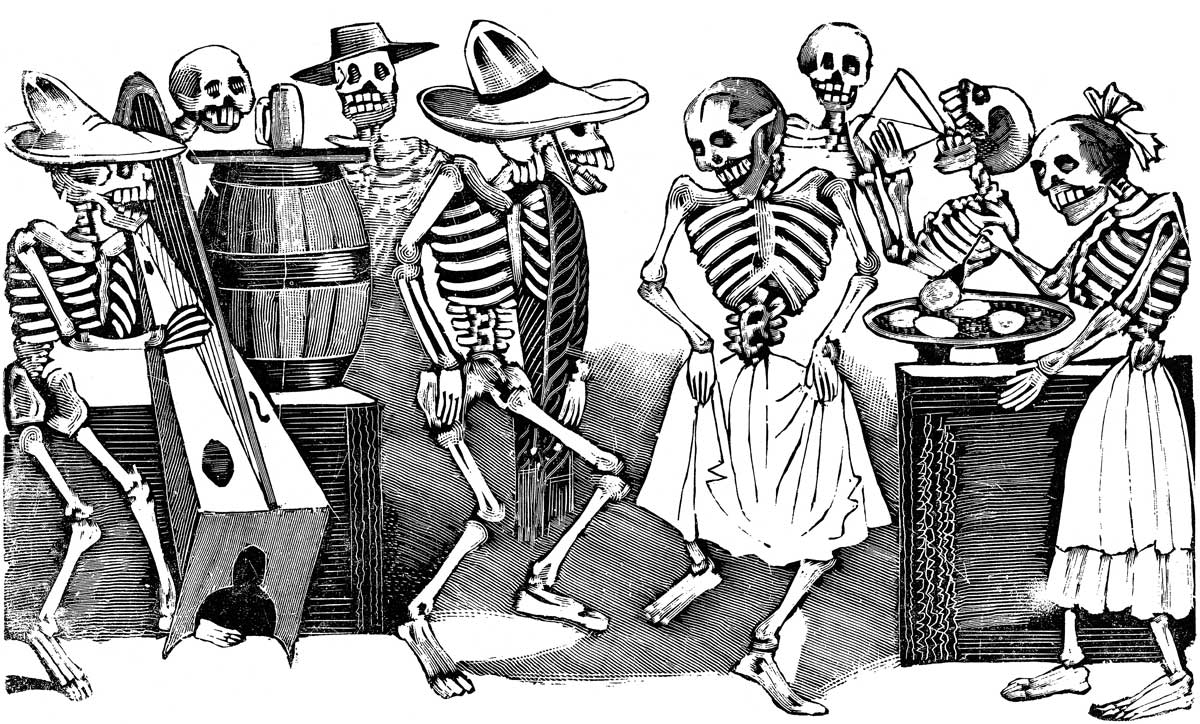Birthday of the Dead | History Today - 2 minutes read

The artist José Guadalupe Posada was born on 2 February 1852 in the city of Aguascalientes in central Mexico. He produced over 20,000 engravings during his career, but, when he died in January 1913, he was buried in a pauper’s grave.
It was only later that he was feted. Rediscovered in the early 1920s, his calaveras – often elegantly dressed skeletons who dance, drink, cycle, make music and so on, much like their living counterparts – are now ubiquitous.
Working for newspapers, magazines, the printers of broadsides and ballads, Posada used a joyous sense of the macabre to illuminate and satirise the political and social chaos of pre-revolutionary Mexico. When the revolution finally came in 1910, another artist described it as ‘a Posada “still” come to life’.
His workshop in Mexico City was close to both the cathedral and the Aztec temple of Tenochtitlan and his calaveras drew life from both the art and ritual culture of pre-Columbian Mexico and the medieval European traditions of the danse macabre.
Diego Rivera thought Posada was the equal of Goya. ‘[His work] is the supreme achievement of classical Mexican art, by which I mean pre-Columbian art’, he wrote.
Forgotten in life, Posada’s dead have outlived him and taken on a life of their own.
Source: History Today Feed